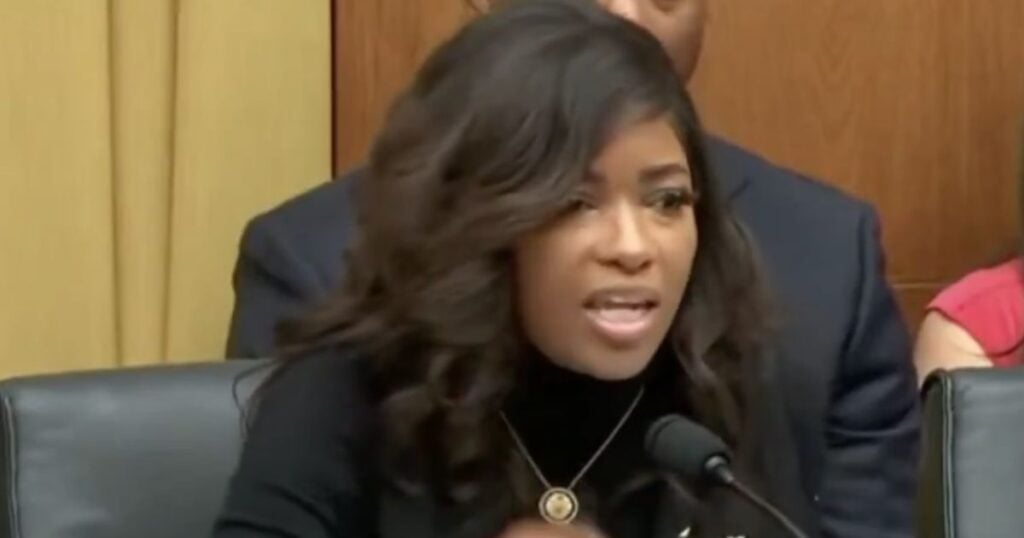President Trump signed an executive order to combat rising homelessness and public disorder in U.S. cities. The plan focuses on moving homeless individuals with mental illness or addiction into long-term treatment facilities, redirecting funds to rehabilitation programs, and encouraging cities to end open drug use and street camping.
Key Facts:
- President Trump issued an executive order on July 24 titled “Ending Crime and Disorder on America’s Streets.”
- The order targets homelessness caused by addiction and mental illness, aiming to restore public order.
- It authorizes civil commitment for the homeless with mental incapacity or substance addiction.
- Federal funding will support long-term facilities, treatment, and only “evidence-based” programs.
- Critics say the policy violates rights and may defund existing harm-reduction programs.
The Rest of The Story:
The executive order directs Attorney General Pam Bondi and Health and Human Services Secretary Robert Kennedy Jr. to reverse any policies that block the civil commitment of homeless individuals suffering from addiction or mental illness.
According to the White House, more than 274,000 people experienced homelessness under the previous administration.
Trump’s plan calls for prioritizing funding for cities that eliminate open drug use and street camping, while encouraging the redirection of homeless individuals into institutional care.
The administration argues this is a compassionate and practical approach to reduce crime and disorder.
However, groups like the National Homelessness Law Center claim the move will increase homelessness by cutting off current programs they believe save lives.
“Forced treatment is unethical, ineffective, and illegal,” the group said.
They argue the real issues—affordable housing and housing assistance—remain unaddressed.
I asked President Trump about his EO to get homeless people off the streets and into more humane treatment facilities:
“When leaders come to see me and make trade deals worth billions of dollars…and they come in and there are tents outside the White House. You can’t have that.” pic.twitter.com/Tk9uX1C07p
— Daniel Baldwin (@baldwin_daniel_) July 25, 2025
Commentary:
Trump’s executive order is the most realistic federal step on homelessness we’ve seen in years.
Rather than throwing more money at programs that clearly haven’t solved the problem, it recognizes that many on the streets are there because of serious mental illness and addiction.
These are not problems that fix themselves—or that can be solved with housing vouchers alone. By emphasizing long-term institutional treatment, the order restores a mechanism we abandoned decades ago.
Nobody wants a return to the abusive, overcrowded mental asylums of the 1950s. But the complete absence of mental health facilities has created a humanitarian and safety disaster in modern cities.
The streets do not heal people. For those with psychosis, bipolar disorder, schizophrenia, or severe addiction, the chaos of street life makes them worse, not better.
The executive order rightly treats these conditions as medical problems requiring care—not as protected lifestyles that must be accommodated indefinitely in public spaces.
This is not about criminalizing homelessness. t’s about offering treatment and stability to people who cannot help themselves and restoring dignity to neighborhoods that have been overrun by disorder.
Local programs have tried and failed for years. A stronger federal push, paired with state action, could finally make a difference.
Critics argue about the legality and morality of forced treatment, but ignoring the growing tent cities and violence is neither legal nor moral.
We owe it to those on the streets—and to those who live and work nearby—to act.
Funding programs that work, supporting families and communities, and re-establishing order is common sense.
Trump’s order moves the debate in the right direction.
The Bottom Line:
President Trump’s new executive order addresses the root causes of homelessness—mental illness and addiction—with a serious push for institutional care and real treatment.
While critics raise civil rights concerns, the initiative offers a structured approach to a crisis that has spiraled for decades.
It’s a major shift that could restore safety and dignity to both the homeless and the cities they inhabit.
Read Next
– Ghislaine Maxwell Agrees to Testify Before Congress, But Only If These Four Demands Are Met
– Police Charge Five After Brutal Late-Night Mob Assault in Cincinnati Caught on Video’
– Sen. Kennedy Responds to NYC Shooting With a Blunt Message About Gun Laws









